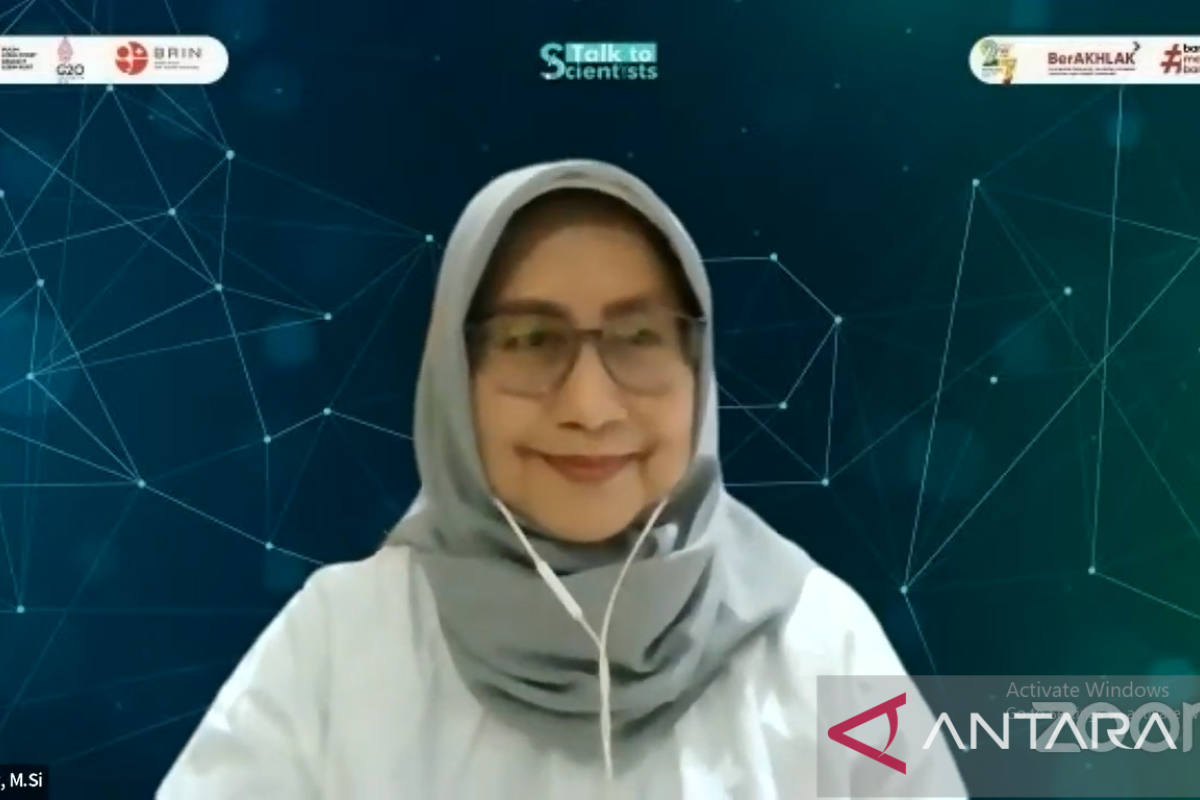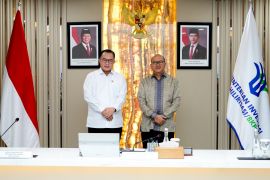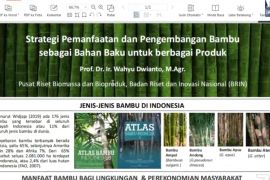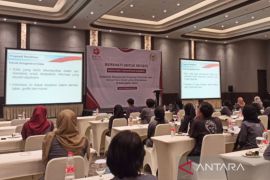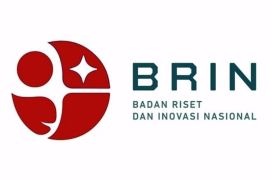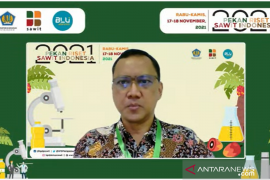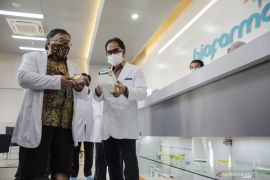"The first basis of this research is how the balance of iron in the body is controlled through absorption," expert engineer from BRIN’s Center for Food Technology and Process Research, Noer Laily, said at a webinar on “Talk to Scientists on Research and Innovation for Food and Energy Sovereignty,” which was accessed from here on Tuesday.
Ninety percent of the iron needed by the body is sourced from outside, and iron loss can happen, especially during menstruation, pregnancy, and growth of infants, children, and adolescents, she added. Thus, it is necessary to get iron from food intake.
More than 50 percent of cases of anemia are caused by low iron content in the diet. Further, adolescent girls who suffer from anemia are at risk of giving birth to stunted babies.
Stunting refers to growth failure, which leads to infants or children remaining short for their age.
"Soy hydrolyzate is an ingredient that can be formulated into various products to prevent malnutrition, anemia, and stunting," she pointed out.
Under the new technology, soybean hydrolyzate containing biopeptides with a molecular weight of less than 20 kilodaltons (kD) is processed through thermal technology with the help of steam blasting equipment and enzymatic processes that use protease enzymes.
"We have developed the technology on how to produce soybean hydrolyzate," Laily informed.
The biopeptides could increase the rate of iron absorption by keeping iron soluble, reducing ferric ions to ferrous, and increasing iron transport through membranes.
Related news: BRIN prioritizes food, energy research as Hakteknas draws near
Related news: Indonesia strengthening research for food, energy sovereignty: BRIN
Translator: Martha H S, Mecca Yumna
Editor: Suharto
Copyright © ANTARA 2022
